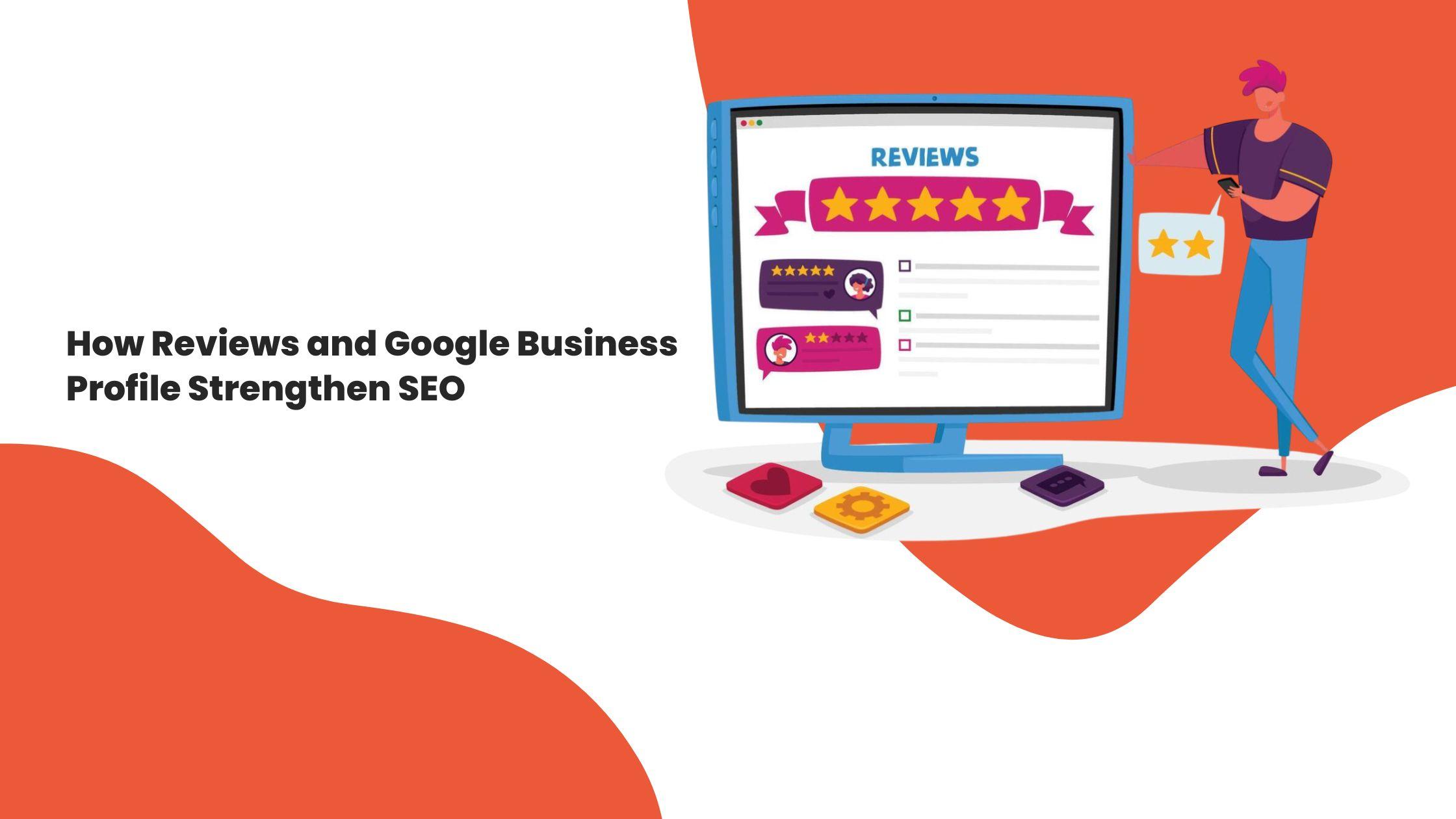
From Wordmarks to Emblems: The Diverse World of Logo Types
In branding and marketing, logos are powerful symbols representing a business or organization's identity and values. But what exactly is a logo, and how many logos exist? Let's explore this fundamental aspect of brand identity.
Logos are the cornerstone of a brand's identity and play a crucial role in marketing. A well-designed logo serves as a visual representation of a brand's values, mission, and personality. It is often the first thing consumers notice and remember about a company. Logos create brand recognition and differentiate a company from its competitors in a crowded marketplace.
Moreover, logos evoke emotions and associations, influencing consumers' perceptions of a brand. For example, a sleek and modern logo may convey sophistication and innovation, while a playful and colorful logo might suggest creativity and friendliness.
Consistency in logo usage across various marketing channels fosters brand recognition and builds consumer trust. Logos also serve practical purposes, such as facilitating instant recognition of products, advertisements, and packaging. Logos are the visual anchors of a brand's identity, playing a pivotal role in its marketing strategy.
What is a Logo?
A logo is a visual representation of a brand. It's more than just a simple graphic; it's the face of a company, communicating its essence and creating a lasting impression on its audience. A well-designed logo is memorable and versatile and reflects the values and personality of the brand it represents.
The Importance of Logos in Brand Identity
Logos play a crucial role in brand identity for several reasons:
Recognition: A strong logo helps customers recognize and remember a brand. It's the first thing people notice about a company, and it can evoke immediate associations with the brand's products, services, and values.
Differentiation: A unique logo sets a brand apart from its competitors in a crowded marketplace. It is a visual identifier that distinguishes one company from another and helps consumers make informed choices.
Trust and Credibility: A professionally designed logo conveys professionalism and reliability. It instills confidence in customers, assuring them of the quality and consistency of the brand's offerings.
Brand Loyalty: A well-designed logo can foster emotional connections with customers, leading to brand loyalty and repeat business. When customers have positive experiences with a brand, they're more likely to develop strong brand affiliations.
Types of Logos
There are several types of logos, each with its characteristics and applications. Here are the most common ones:
Wordmark (Logotype):
A wordmark logo consists of the brand name written in a stylized font or typography. Google, Coca-Cola, and Disney are a few examples. Wordmarks effectively build brand recognition, especially when the brand name is distinctive.
Lettermark (Monogram):
Lettermark logos use the initials of the brand name to create a visually appealing symbol. Examples include IBM, HBO, and CNN. Lettermarks are ideal for brands with long or complicated names, as they simplify the visual representation.
Symbol (Icon):
Symbol logos feature a unique graphic or symbol that represents the brand. Examples include Apple, Nike, and Twitter. Symbols are powerful because they can convey meaning without relying on language, making them universally recognizable.
Combination Mark:
A combination mark incorporates text and symbols to create a unified logo. Examples include McDonald's, Adidas, and Starbucks. Combination marks offer versatility, as they can be used together or separately, depending on the context.
Emblem:
Emblem logos combine text and a symbol within a cohesive design, like a circle or a shield. Examples include Harley-Davidson, Starbucks (previous logo), and BMW. Emblems convey a sense of tradition and authority, making them popular among institutions and organizations.
Abstract Mark:
Abstract logos use abstract shapes or forms to represent the brand, often without directly associating with the company's name or products. Examples include Pepsi, Adidas (original logo), and BP. Abstract marks allow for creative expression and can evoke curiosity and intrigue.
Mascot:
Mascot logos feature a figure representing the brand's values and personality. KFC's Colonel Sanders, Michelin's Bibendum, and Kool-Aid Man are a few examples. Mascots create a friendly and relatable image for the brand, especially among younger audiences.
Conclusion
Logos are the cornerstone of brand identity, visual representations of a company's values, personality, and offerings. Whether it's a wordmark, symbol, or combination mark, each type of logo has its strengths and applications, catering to different brands' diverse needs and preferences. By understanding the significance of logos and choosing the right type for their brand, businesses can establish strong connections with their audience and stand out in a competitive marketplace.
Logo-making is crucial for businesses as it serves as the visual representation of their brand identity. A well-designed logo communicates the essence of a company, its values, and its unique selling points in a single glance. It helps businesses to establish brand recognition and differentiate themselves from competitors in the market. This is what you must know about logos.
A professionally crafted logo instills customer trust and credibility, leading to brand loyalty and repeat business. Moreover, logos are versatile assets used across various marketing materials, from business cards to websites, ensuring consistent brand representation across different platforms. In essence, logo-making is crucial because it's the first impression a company makes on its audience, and it plays a pivotal role in shaping consumer perceptions and driving business success.
Categories
Recent Post

How to Market a Luxury Brand on Social Media in Dubai: Proven Tips?

How to Add Chabot’s and AI to Your Website?

How Reviews and Google Business Profile Strengthen SEO





































